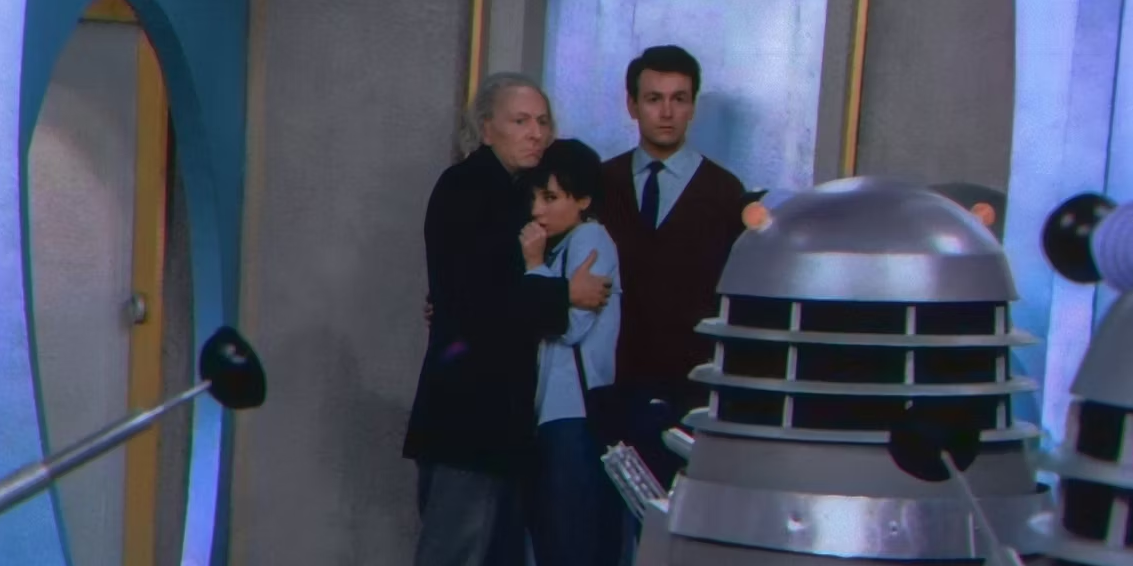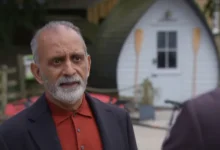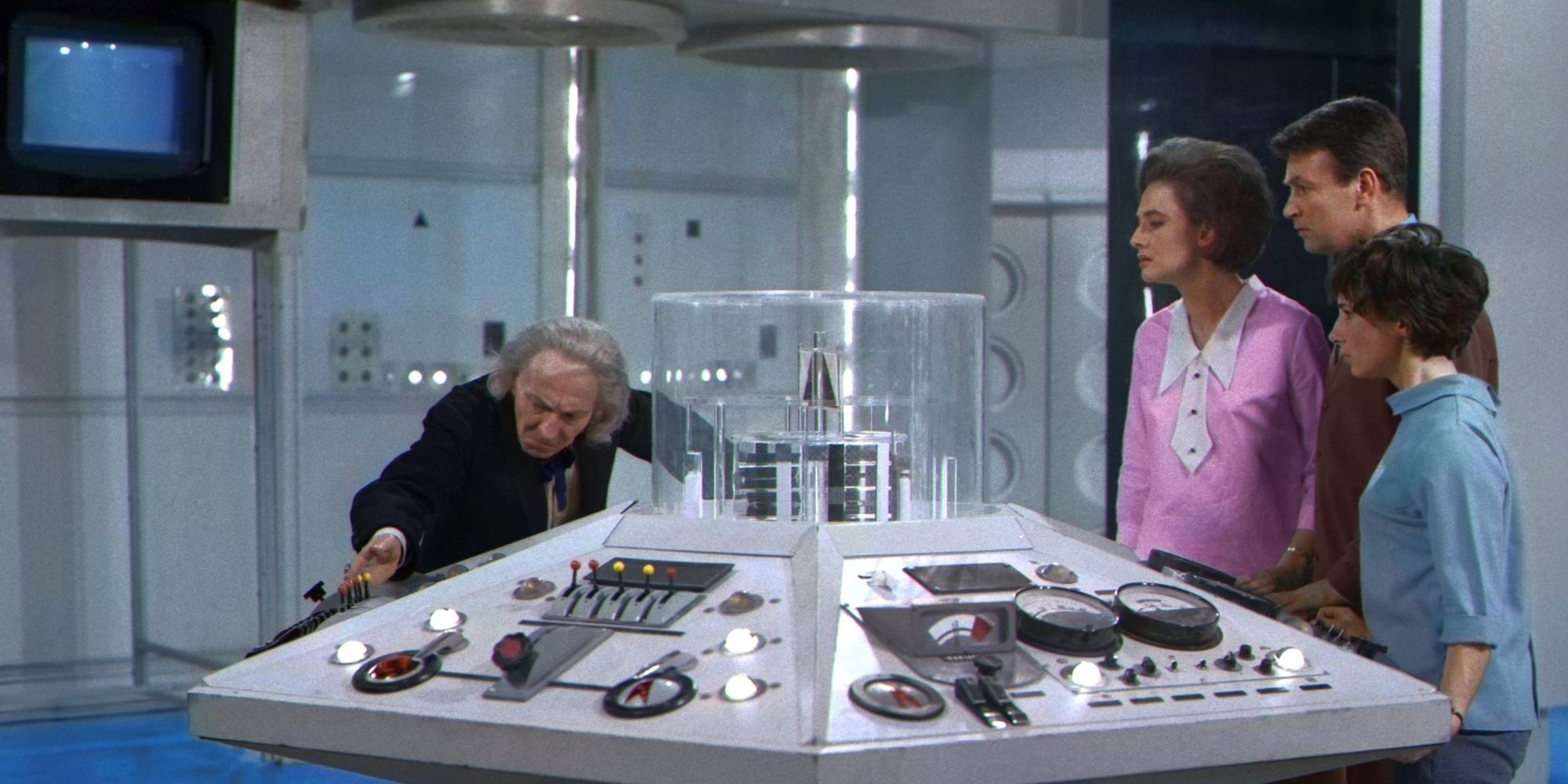“No Decision Was Taken Lightly”: The Daleks Colorization Choices Defended By Doctor Who Editor
Editor Benjamin Cook defends the creative decisions behind color choices in the upcoming colorization of the classic Doctor Who story "The Daleks".

Doctor Who editor Benjamin Cook opens up about his work on the colorization of the classic First Doctor adventure “The Daleks”, defending certain creative decisions behind the restoration of the 1960s story. “The Daleks” was the second adventure for William Hartnell’s First Doctor, when the TARDIS materializes on Skaro and brings the Doctor in contact with the Daleks for the first time. “The Daleks” featured Hartnell alongside the show’s first set of companions, the Doctor’s granddaughter Susan (Carole Ann Ford), and schoolteachers Barbara Wright (Jacqueline Hill) and Ian Chesterton (William Russell).
With “The Daleks In Colour” set to air November 23, editor Cook shared a number of shots from the restoration on Twitter to give audiences a glimpse at the revitalized classic Doctor Who footage.
While some were critical of certain color choices for elements of the TARDIS, Cook responded by explaining that he and the crew behind the restoration made the decision to forgo using original colors that were used to better fit the original black-and-white format and more closely follow the narrative intentions.
Upon more questions, Cook further explained that while some colors from the original 60s production remained, they ultimately chose what would look best on screen.
How Will “The Daleks In Colour” Differ From The Classic Doctor Who Broadcast
As the earliest available story to the BBC, “The Daleks” is perhaps the best choice of story to rebroadcast and celebrate the show’s past for Doctor Who‘s 60th anniversary. While the newly colorized footage will allow audiences to view the 60s adventure from a new perspective, it will not be the only change that the classic story will receive. Alongside a newly composed score by Mark Ayres, the story will also feature new VFX and additional scenes created for the upcoming broadcast.
Furthermore, “The Daleks In Colour” will also be a newly re-edited cut of the adventure that is more closely aligned to modern Doctor Who lengths. While the original serial broadcast from December 1963 to February 1964 in seven parts, the newly restored cut will instead be 75 minutes long, trimming the story down from an estimated 175 minutes. As such, with the new additions and reedited format, “The Daleks In Colour” could be a perfect entry point for those more familiar with modern Doctor Who‘s format.
While “The Daleks In Colour” may have caused some debate around adhering to the original production design specifications, Cook’s argument is understandable. With over sixty years of progress since the BBC first filmed each episode, Cook and the team behind the restoration have instead chosen to approach their additions through a modern lens. As such, while the restoration may not be faithful to the props and sets Hartnell and his cast members encountered in 1963, it is clear “The Daleks In Colour” will stick to how Doctor Who would go on to depict the iconic elements in later years.





